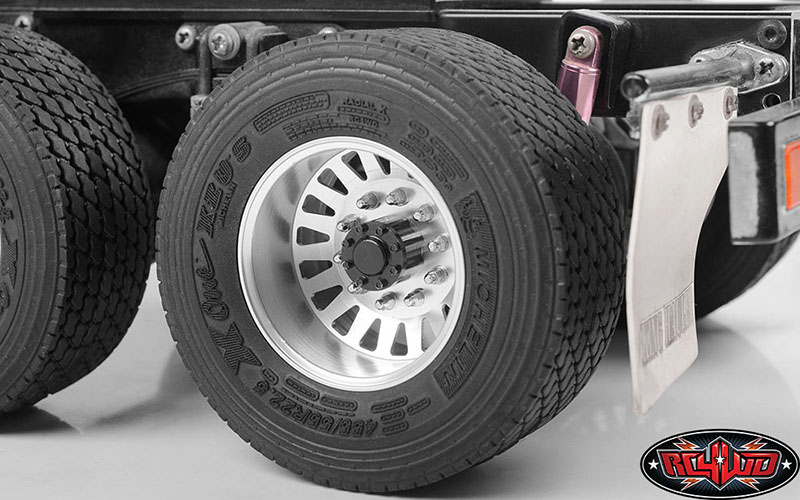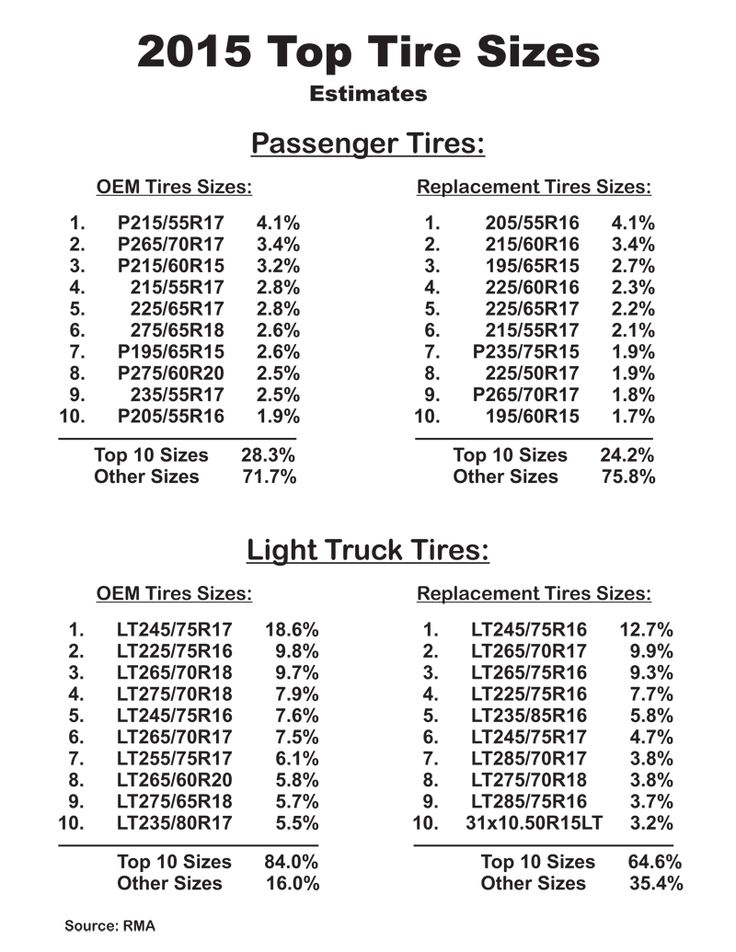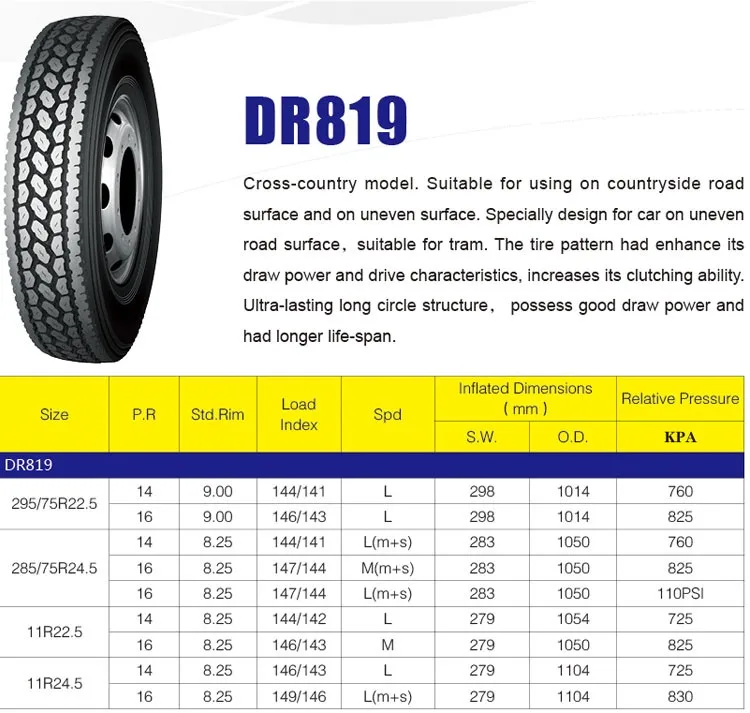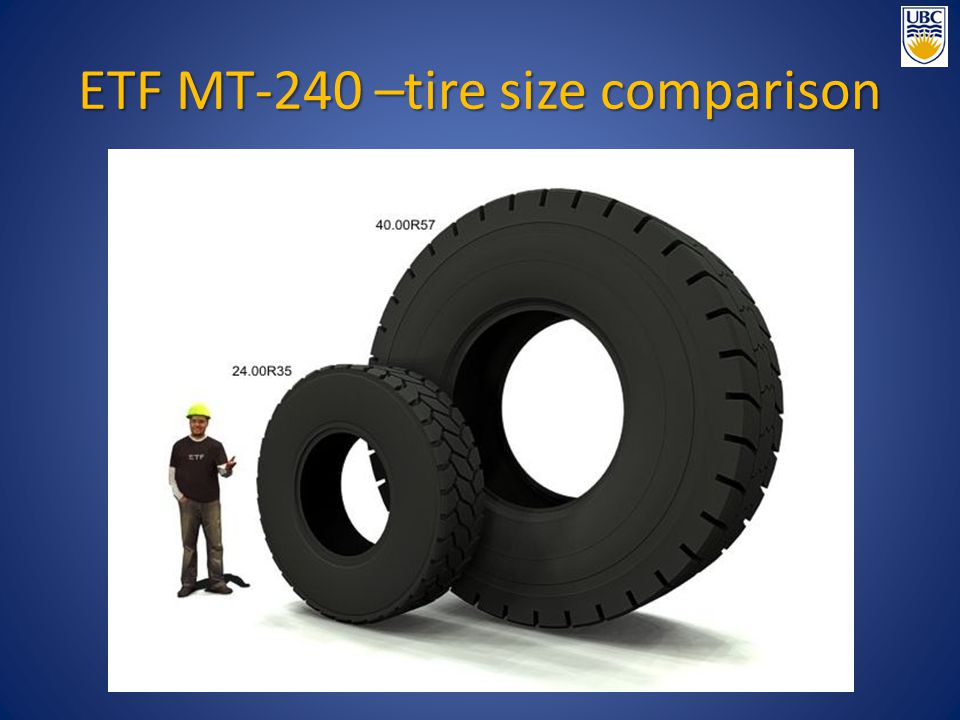Semi trucks are heavy. These behemoths of the road require that weight to safely haul their heavy loads across the country. However, it would all be for nothing if semi trucks did not ride on top of equally heavy tires.
Most semi truck tires weigh around 120 pounds but can weigh more or less depending on tire type, size, and load limits. For instance, heavy-duty semi truck tires often weigh in around 250 pounds, not including their rims. Commercial tire rims can add up to 50 pounds of extra weight.
However, tires lose weight as normal wear and tear reduce their tread depth. This lost weight can cause an issue down the road if not detected and repaired in time. By reading further, you will learn how to check tire tread wear so you can replace your tires as needed.
Built to handle harsh road conditions and heavy cargo, semi trucks have hefty tires that match their durability in weight and size. These massive tires clock in at over 120 pounds, not including their rims, easily outweighing the tires found on other vehicles.
For comparison, here are some weights for some common tire types on the road:
Much of the extra heft in semi truck tires comes from their material construction. These materials come in various forms of thick slabs of solid vulcanized rubber arranged in a radial pattern. This makes the tires extremely durable and structurally sound while driving on and off-road.
Because of this construction, semi-tires can vary in weight depending on their purpose. For instance, trucks used in agriculture, mining, or pulling large equipment can have tires that weigh up to 250 pounds.
Like cars, semi trucks and trailers require tire maintenance to ensure safe driving conditions and lower repair costs. This is because the tires are an essential part of the rig and the easiest to break, but it goes beyond that. Worn-out tires may not have the weight or air pressure to safely haul your load down the road.
This is because the tires are an essential part of the rig and the easiest to break, but it goes beyond that. Worn-out tires may not have the weight or air pressure to safely haul your load down the road.
Proper semi-tire maintenance can improve your truck’s:
While the benefits of maintaining the tires on your semi truck are clear, many drivers and fleet managers find the task overwhelming. Fortunately, the tires are easy to check and maintain.
Semi tire maintenance goes beyond quickly checking the tires before you head out on the road. You must ensure your tires comply with all federal and state tire regulations. Luckily, most of these regulations fall under a single document: the Code of Federal Regulations (CFR). The CFR provides tolerances for tread and groove depth, air pressure, and tire condition.
The depths of the tire treads directly correlate to the weight of the tire. This is because the treads are the bulk of the tire’s rubber. As such, you want to maintain the quality of the treads and grooves as much as possible.
The CFR directs you to check the depth at a “major tread groove,” but any tread in the middle of the tire should work. You want to make sure that the tread depth for all of your tires is around 2/32 inches per the CFR.
If you find your tires are getting bare, you can have them retreaded to regain their traction and weight. The process reforms the treads using recycled rubber until the tires regain their original thickness. Retreading is cheaper than buying new tires and is better for the environment.
The process reforms the treads using recycled rubber until the tires regain their original thickness. Retreading is cheaper than buying new tires and is better for the environment.
While some semi-tires are durable enough to run flat, you never want to keep them that way. It ruins the tread and your rims, depressing your truck’s performance and safety. It may also violate CFR tire regulations. Therefore, you want to maintain the air pressure in your tires for as long as possible.
Testing semi truck tire pressure is similar to testing the pressure on any other vehicle. The inflation should be enough to carry the weight of your truck and your cargo.
A lot is riding on your tires, and not just your cargo. Because of this, semi truck tires are among the heaviest tires on the market, weighing in at least 120 pounds and above. While the weight can differ between style and purpose, maintaining this weight is required for the safe operation of your truck.
Semi-trucks undoubtedly make their mark on the road. Whether they're hauling goods or just taking a break, these trucks can traverse their way over rugged terrain and enormous obstacles. They're indispensable to the economy and help keep America moving.
But have you ever wondered how much a semi-truck weighs? Well, chances are you probably have. And the good news is, you found this article, which will help you learn how much a semi-truck weighs.
How Much Does a Semi Truck Weigh?There are two ways to determine the weight of a semi-truck. They are laden and unladen.
Laden weight involves measuring the weight of the truck when it is fully loaded.
The unladen weight, on the other hand, entails measuring the weight of the truck and trailer.
The laden weight of a semi-truck will depend on the load. For instance, a truck full of empty barrels will weigh less than one carrying fully loaded barrels. The gross vehicle weight rating (GVWR) of semi-trucks represents the maximum weight they can carry.
The gross vehicle weight rating (GVWR) of semi-trucks represents the maximum weight they can carry.
A truck's gross vehicle weight rating (GWR) includes the weight of the truck, its cargo, its fuel, passengers, and any other equipment attached to the truck. According to US federal law, semi-trucks may be loaded to a maximum of 80,000 pounds. Although some heavy-duty trucks have a higher GVWR for safety, it is still illegal to load them over 80,000 pounds.
Due to factors like the engine power, how much it can tow, and whether it's a sleeper cab, the unladen weight of a semi-tractor can vary between 10,000 and 25,000 pounds. An empty 53-foot trailer weighs about 10,000 pounds, making it about 35,000 pounds unloaded.
In a nutshell, semi-truck that are unattached to a trailer weigh between 10,000 to 25,00 pounds. However, with a trailer hooked to them, they weigh 35,00 pounds.
How Much Does a Semi-Truck Tire Weigh?The tire of a semi-truck plays a critical role in the safety and performance of the vehicle. The tire of a semi-truck weighs 110 pounds. However, this weight depends on factors like the use.
The tire of a semi-truck weighs 110 pounds. However, this weight depends on factors like the use.
For example, a truck for handling mining tasks tends to be more robust and sturdier. As a result, they can manipulate the rough terrain and support their weight with heavier and more robust tires.
Dimension of a Semi-TruckThe size and dimensions of semi-trucks vary, depending on the model and brand. In the United States, semi-trucks typically measure 72 feet long, 13.5 feet tall, and 8.5 feet wide. They can weigh over 80,000 pounds.
Choosing a used semi-truck gives you more options in terms of length, height, width, as well as sleeper cab and day cab sizes.
How Much Does An 18-wheeler Weigh?An 18-wheeler consists of a tractor and trailer. In other words, it's a semi-truck with a trailer attached to it. In total, there are 18 wheels. Therefore, the empty weight of an 18-wheeler is 35,000 pounds, and the loaded weight cannot exceed 80,000 pounds.
Tractor-trailers typically weigh around 80,000 pounds when fully loaded. If a trailer is empty, it will weigh approximately 35,000.
What is the Stopping Distance of a Semi-Truck?Even though the truck is not loaded, its enormous weight means it will take longer to stop than a regular car.
When a car travels at 65 mph, it can stop entirely in about 300 feet. In contrast, a fully loaded semi-truck can travel up to 600 feet before it stops. Conditions like rain, ice, and snow can further extend this distance.
As a result, you should avoid cutting off a semi-truck in traffic and do not stop in front of them abruptly if you can help it. It may create a dangerous situation that puts your life and the lives of others at risk.
Classification of TrucksThe weight classification of trucks depends on the gross vehicle weight rating (GVWR), which considers the truck's maximum load weight and the amount of fuel, cargo, and passengers it can haul.
Safety is an incredibly crucial consideration when classifying trucks. Commercial designations and vehicle registrations also take safety into account.
Below are the different classes of trucks:
Light trucksThese are non-commercial trucks that are classified 1 to 3. Examples are pickup trucks, SUVs, etc.
Medium trucksMedium trucks typically serve commercial purposes, and they fall under classes 4, 5, and 6.
 School buses also fall into this category.
School buses also fall into this category.These are the big rigs on the road. These are the trucks that fall under classes 7 to 8.
Garbage trucks, sweeper trucks, and city transit buses fall into this category and other furniture trucks.
Semi-trucks under this class include Ford F -750, Peterbilt 220, Peterbilt 337, and GMC C7500.
Cement trucks and dump trucks are examples of class 8 trucks. Additionally, big rigs like Freightliners, Peterbilts, and Kenworths also fall into this category.
The most common class 8 trucks include Kenworths 7600, Kenworths 7500, and Freightliner Cascadia.
We can determine the weight of a semi-truck in several ways, and the maximum legal weight for a fully-loaded semi in the United States is 80,000 pounds. A typical unladen weight will be closer to 35,000 pounds, but the lowest is roughly 25,000 pounds.
This generalization will not cover all cases, but we hope it can help shed some light on these large and powerful vehicles.
Technical parameters such as weight and volume of a truck tire in the table below are indicative with an error. On average, indicators fluctuate by 2 kg. above or below. The dependence of weight in addition to the size of truck tires can be on the type of tread, more massive, heavy truck tires for off-road conditions.
As a rule, these parameters are used to calculate the cost of transportation costs for the transportation of overall truck tires. It is also necessary to take into account additional data for the correct calculation, such as the width, length and height of one place.

| Size | OIM , m3 | weight, kg | |||||||||||||||||||||||||||||||||||||
| .5 | .5 | .5 | .5 | .5 | .5 | .5 | .5 | .5 | .5 | .5 | .5 | .5 | .5 | .5 | .5 9ATHA | ||||||||||||||||||||||||
| 205/65R17.5 | 0,12 | 14,7 | |||||||||||||||||||||||||||||||||||||
| 205/75R17.5 | 0,13 | 15,7 | |||||||||||||||||||||||||||||||||||||
| 215/75R17.5 | 0 ,11 | 27.5 | |||||||||||||||||||||||||||||||||||||
| 245/70r19.5 | 0.15 | 34.3 | |||||||||||||||||||||||||||||||||||||
| 265/70R19.5 | 0.17 | 39.1 | |||||||||||||||||||||||||||||||||||||
| 285/70r5/70r 21 | 43.3 | ||||||||||||||||||||||||||||||||||||||
| 305/70r19.5 | 0.23 | 45.3 | |||||||||||||||||||||||||||||||||||||
| 435/50r19.5 | 0.37 | 63.3 |
| Size | 103. 7 7 | |
| 365/80r20 | 0.44 | 74.4 |
| 425/85 R21 | 120.7 |
| Weight, kg | ||
| 11.00r22.5 | 0.32 | 57 |
| 12.00r22.5 | 9002.16.9 13.00 900r2.0.36 | 70.2 |
| 275/70r22.5 | 0.22 | 50.6 |
| 275/80r22.5 | 0.24 | 51.6 | 295/60R22.5 | 0.25 | 53 |
| 295/75r22.5 | 0. 3 3 | 62.5 |
| 295/80r22.5 | 0.34 | 63.2 | 305/70r22.5 0 28 | 9001 /80R22.50.35 | 71 |
| 385/55R22.5 | 0.45 | 79.2 |
| Brand: | |
| Nortec | |
| Model: | KF-97 |
| Size: | 16.5/70-18 | Planting diameter: | 18 | 0027
| Applicability: | Tractor trailers (carrying wheels), agricultural machines with a carrying capacity of 9-12 tons. |
The KF-97 agricultural tire has a universal pattern type. Designed for carrying wheels of tractor trailers, fertilizer spreaders.
For operation on load-bearing wheels of tractor trailers 1PTS-9B, 3PTS-12B and fertilizer spreaders performing work in agricultural production.
Truck tire KF-97 is used in tractor trailers and agricultural machinery with a load capacity of 9-12 tons. It is characterized by long service life, reliability and high load capacity.
The tire is equipped with a tread that is effective on a variety of types of surfaces, including dirt. It features a symmetrical, non-directional design that has several salient features. First of all, it is a wide continuous longitudinal rib in the central part. This element reduces rolling resistance and provides directional stability. A plurality of transverse blocks adjoin the longitudinal rib, also differing in their massive dimensions. They have a Z-shape, due to which the coupling edges formed by them become significantly longer and multidirectional. This solution provides the tire with high efficiency during deceleration, especially on a road surface with a low grip coefficient.